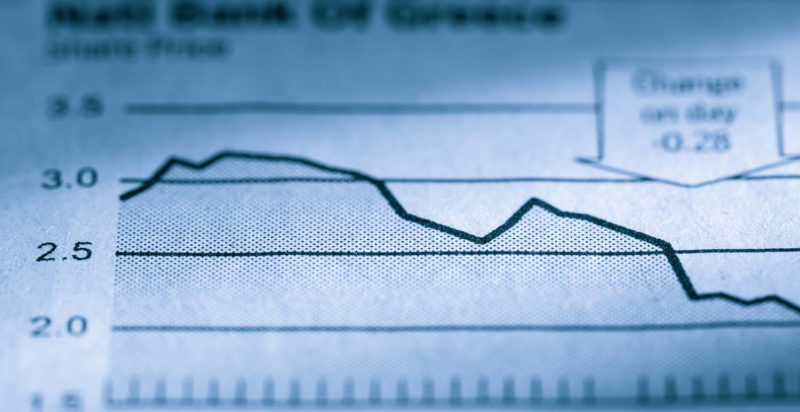

Analysis: the failure of Silicon Valley Bank
A large bank collapses, financial markets panic, and central banks mobilise while the US administration calls for calm and establishes a series of emergency measures to reinforce confidence in the banking system. The sense of déjà vu is no coincidence.
Silicon Valley Bank (SVB) was a Californian bank specialising in lending to technology start-ups. A large part of its business model was based on investing its clients’ money in long-term fixed-income deposits. After decades of very low, or even negative, interest rates, it was a very profitable business. At the end of 2022, the institution had a total of $160 billion in deposits, half of which was invested in US Treasury bonds and mortgage-backed securities.
Clearly, the financial institution had the option of using these customer deposits as collateral for lending rather than investing them to make a larger margin, but in the context of a financial system used to privatising profits and socialising losses, thanks to the public bailouts that have become the norm, it is not surprising that banks have little interest in adopting more conservative risk policies.
Sudden deposit flight
In a scenario of crisis and subsequent interest rate hikes by the Federal Reserve to combat inflation, which have made the price of money more expensive, many of these startups are suffering from a lack of funding or want to get more return on their deposits. This has led many of them to withdraw more funds than the bank had planned, thus forcing the financial institution to sell a large part of these investments in public debt before the deadline and at a discount in order to return the deposits.
The fear that the bank would not have enough cash to return the money to customers who requested it caused panic and the withdrawal of 41 billion dollars in just one week. The bank sold a bond portfolio valued at $21 billion, just to cover its liquidity, at a loss of $1.8 billion. A rapid deterioration of the bank’s balance sheet led to its collapse.
We are facing the most significant bank failure since the collapse of Lehman Brothers in 2008, which is also having a major international impact with falls in the stock market values of banks and which risks causing a domino effect that could trigger global economic instability.
Protecting deposits to avoid contagion
Unlike customers of financial institutions such as 11Onze, with EMI (Electronic Money Institution) licences, who are guaranteed 100% of their deposits in the event of bankruptcy, customers of traditional banks such as SVBs can only rely on a Deposit Guarantee Fund run by the central bank of each country to recover part of their money. In the case of the European Union, the FDG guarantees 100,000 euros per customer, and in the United States, the FDIC, a maximum of 250,000 dollars.
These amounts need to be more in cases such as that of Silicon Valley Bank, where most customers have company accounts with deposits far in excess of the maximum guaranteed by the central bank. Faced with this scenario, US regulators launched a plan to protect 100% of Silicon Valley Bank’s deposits, and thus stop a general panic in the financial sector that had already led to the collapse of another bank, New York’s Signature Bank.
Although a repeat of the 2008 financial crisis is not anticipated, the effects of the loss of confidence in a banking ecosystem that, once again, shows so little credibility, integrity and soundness, are difficult to foresee.
If you want to discover the best option to protect your savings, enter Preciosos 11Onze. We will help you buy at the best price the safe-haven asset par excellence: physical gold.
Leave a Reply
You must be logged in to post a comment.






👍
Gràcies, Manel!!!
El problema és que, a diferència de Lehman Brothers, aquesta entitat actuava de forma conservadora i més o menys prudent, segons estàndards bancaris.
Això sembla, i tot i així… Moltes gràcies pel teu comentari, Josep!!!
El SVB cau però els òrgans reguladors dels EUA garanteixen el 100 % els dipòsits, un mal precedent si no és que mes endavant en demanen la devolució.
Moltes gràcies pel teu comentari, Mercè!!!
Gràcies!
Gràcies, Joan!!!
La tensió putja de voltatge
Veurem com anirà… Moltes gràcies pel teu comentari, Jordi!!!